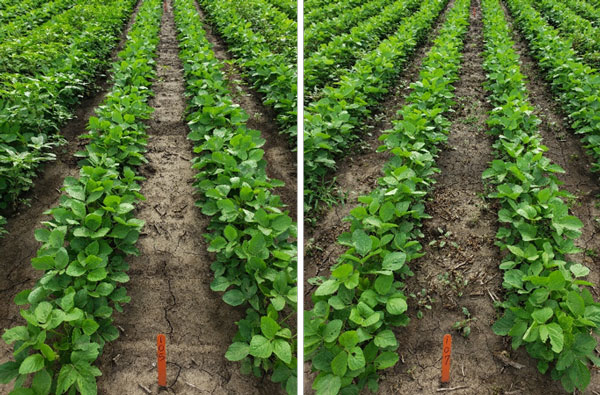One of the question marks around dicamba-resistant soybeans was addressed with the September 28th announcement that XtendFlex soybeans gained approval that will allow exports to the European Union. This means that Bayer will be selling XtendFlex soybeans in the United States for the 2021 season. XtendFlex soybeans allow over-the-top applications of glyphosate, specific dicamba-containing herbicides, and glufosinate (Liberty). The ability to use glufosinate will help control troublesome weeds, such as glyphosate-resistant Palmer amaranth.
Uncertainty still remains for other dicamba products
It is still unknown when, or if, the EPA will approve labels for the use of over-the-top dicamba products, including XtendiMax, Engenia, FeXapan, and Tavium during 2021 and beyond. Company representatives anticipate a decision this fall. In addition to the timing of the decision, there is considerable speculation surrounding the possibility of additional application requirements.
The uncertainty surrounding the labels is influencing farmer decisions for 2021. Approximately 40% of respondents in an on-going survey say that label uncertainty has influenced their choice of herbicide-resistant soybean traits for 2021. The majority of respondents (63%) say they intend to plant dicamba-resistant soybeans next spring, with 35% planning to use 2,4-D-resistant soybean varieties. This would be a major shift from 2020, when approximately 95% of soybean growers used dicamba-resistant varieties.
Regardless of which herbicide-resistance trait farmers choose, one of the most important factors influencing weed control is the use of pre-emergence herbicides (Figure 1). It is important that growers use multiple effective herbicides and strongly consider applying over-lapping residual herbicides to prevent late-season weed emergence.

Figure 1. These two plots were in the same XtendFlex soybean trial near Manhattan, KS during the 2020 growing season. Excellent weed control was achieved when a dicamba-containing herbicide was applied at planting followed by a post-emergence application of glufosinate plus a residual herbicide in the plot on the left. The same herbicides were used in the plot on the right, but the dicamba-containing herbicide was applied post-emergence. Photos by Sarah Lancaster, K-State Research and Extension.
Sarah Lancaster, Extension Weed Science Specialist
slancaster@ksu.edu